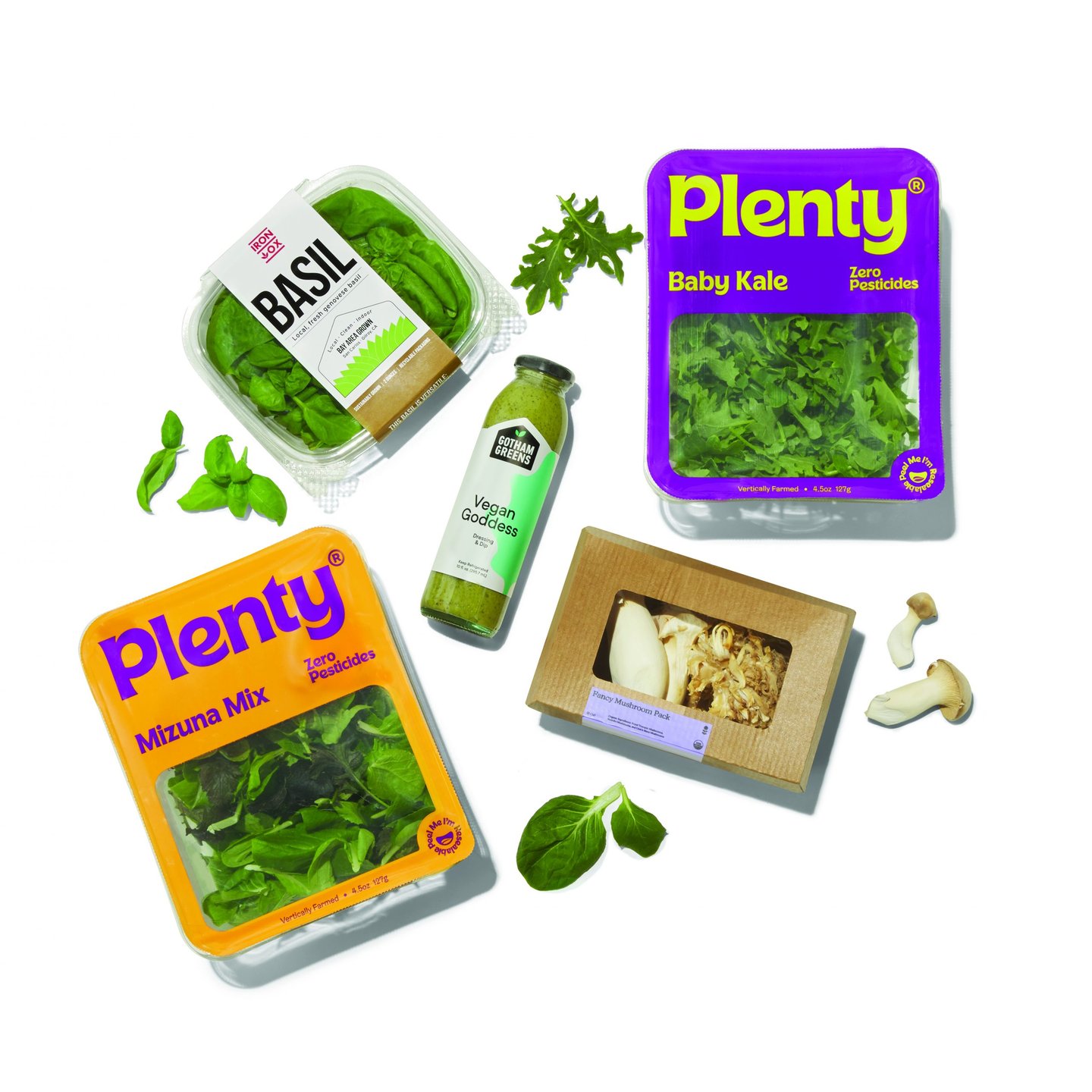Whole Foods Market’s Top 10 Food Trends for 2022
Whole Foods Market is sharing its predications for what will be popular in grocery aisles next year by unveiling its seventh annual trends report.
Each year, a trends council of more than 50 Whole Foods team members, including local foragers, regional and global buyers, and culinary experts, compile trend predictions based on decades of experience and expertise in product sourcing and studying consumer preferences, as well as in-depth workshopping with emerging and existing brands.
“Last year, we saw tremendous pandemic-related shifts in grocery-buying habits as the world adjusted to spending more time at home. As the food industry slowly adjusts to a new normal, we expect to see consumers prioritize food and drink products that deliver additional benefits — like functional sodas and tonics — and products that support their sense of well-being, like urban garden greens and products grown with farming processes that help address soil health,” said Sonya Gafsi Oblisk, chief marketing officer at Whole Foods. “We look forward to watching these trends take form in grocery aisles and on our plates in 2022.”
For the first time, Whole Foods is offering the Trends Discovery Box, a curated assortment of 10 products to represent each of the 10 trends in the forecast. The box, available for $30, although valued at more than $50, allows consumers the chance to taste all of the trends at once. Boxes are available for a limited time only at wfmtrythetrends.com.
Whole Foods Market’s Top 10 Food Trend Predictions for 2022
1. Ultraurban Farming
In 2013, a Whole Foods store opened in Brooklyn, N.Y., with a Gotham Greens greenhouse on top, providing fresh and sustainably grown herbs and salad greens in greenhouse systems using sunlight and 100% renewable electricity. Since then, innovation in indoor farming has ballooned, from hydroponics and aquaponics to mushrooms grown above the retailer's grocery aisles — and even fresh produce grown by robots. Producers are finding new, boundary-pushing ways to grow hyper-local crops and maximize efficiency.
2. You Do Yuzu
Tart and sour yuzu — a lesser-known citrus mainly cultivated in Japan, Korea and China — is a tangerine-sized fruit popping up in vinaigrettes, hard seltzers, mayos and more. In restaurants, chefs are using its lime-lemon-grapefruit flavor to accent their soups, veggies, noodles and fish. It’s poised to take the culinary world by storm, both on and off the grocery aisles.
3. Reducetarianism
Plant-curious eaters who aren’t ready to give up meat entirely are trying “reducetarianism” — reducing consumption of meat, dairy and eggs without cutting them out completely. When animal products are on the menu, reducetarians make them count, opting for premium grass-fed meat and pasture-raised eggs.
Meanwhile, Whole Foods released its first-ever top five plant-based trends at the start of the summer for those all in on plant power.
4. Hibiscus Is Happening
Hibiscus has a long history in the world of teas, and customers have historically kept it in their rotations for its vitamin C content. Now producers are harnessing its sweet, tart flavor in the form of fruit spreads, yogurts and beyond. Beverage makers are also keeping up, leaning on hibiscus to craft drinks that adopt its signature hot-pink hue.
5. Buzz-Less Spirits
The dialed-down spirits category experienced record growth in Whole Foods stores this year. With Millennials and Gen Z-ers dabbling in “drysolation” during the pandemic, the retailer doesn’t see the sober-curious mindset going away any time soon. A new lineup of drinks are entering the space, providing the taste and sophistication of cocktails without the buzz.
6. Grains That Give Back
Grocery grains are refocusing on the environment in 2022. These grains are grown via agriculture practices and farming processes that help address soil health. Kernza – a perennial grain developed by The Land Institute with a sweet, nutty flavor and long roots – helps with nutrient cycling and overall soil ecology. It can be found in cereals and even beer.
7. Seize the Sunflower Seed
Sunflower seeds are making their way into crackers, ice creams and creamy cheeses. Delivering protein and unsaturated fats, Whole Foods' trend watchers said that these little seeds are poised to transform the 21st-century snack game. Plus many sunflower seed–based products are made without nuts, which means parents can use them as allergy-friendly school snacks.
8. Moringa’s Moment
Often called the “miracle tree,” moringa is traditionally used as an herbal remedy in India, Africa and beyond. Moringa leaves have plenty of nutrients, and these fast-growing, drought-resistant trees have been used as a source of food to fight malnutrition in certain parts of the world. Gaining steam in the United States as matcha’s latest alternative, it can be found in powder form and added to smoothies, sauces and baked goods. It’s also showing up in unexpected products like frozen desserts, protein bars and packaged grain blends.
9. Functional Fizz
Consumers are looking for sparkling drinks that not only taste great, but also offer ingredients that balance out the sweetness. This means soda with probiotics, and fizzy tonics with added prebiotics, botanicals and more. Look for bubbly beverages to feature fruity flavors and unconventional ingredients with added benefits.
10. Turmeric Takes Off
Turmeric, aka “the golden spice,” has been used for centuries in Ayurveda and traditional Chinese medicine, and has become popular in the United States as a dietary supplement. While golden milk lattes and turmeric supplements are nothing new, the spice is taking root as an ingredient in packaged foods like cereals, sauerkrauts and even plant-based ice cream sandwiches.
The first certified-organic national grocer, Austin, Texas-based Whole Foods has more than 500 stores in the United States, Canada and the United Kingdom. The company is No. 26 on The PG 100, Progressive Grocer’s 2021 list of the top retailers of food and consumables in the United States, while its parent company, Seattle-based Amazon, is No. 2 on PG's list.








